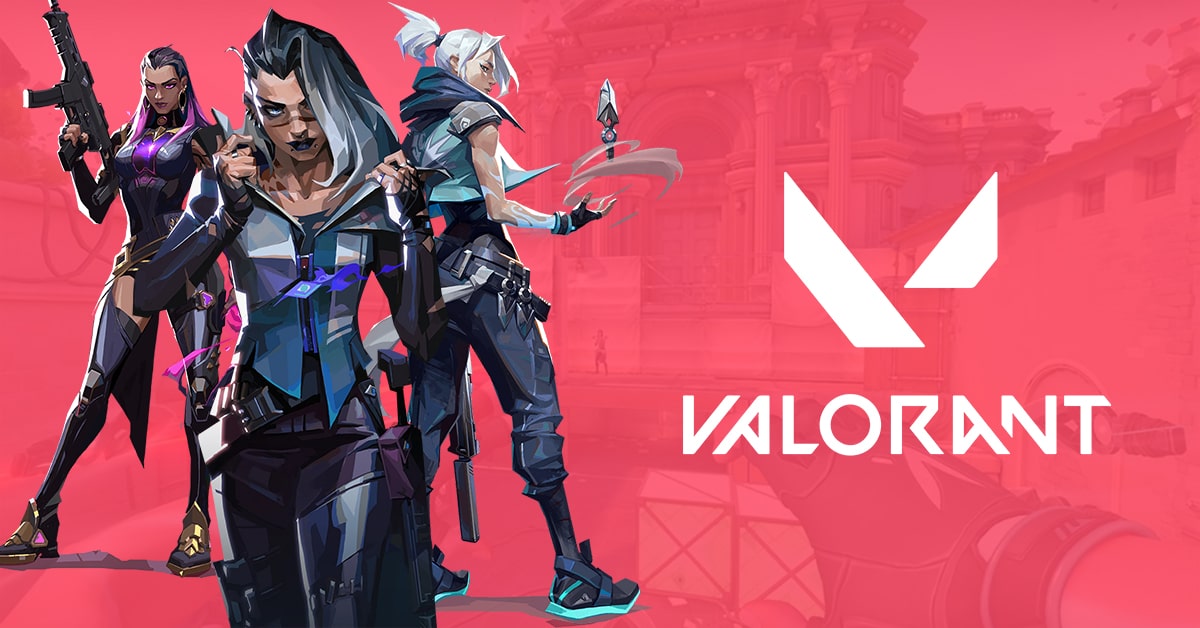Alright, gather ’round, because we’ve been digging. While everyone’s focused on the next big game leak or a surprise studio acquisition, there’s a seismic shift happening in the competitive gaming landscape. It’s not about a single tournament; it’s about which titles are cementing themselves as the unshakeable pillars of the esports ecosystem. We’re talking about the games that will define competitive gaming, and from what our sources are telling us, three titles are about to dominate everything.
This isn’t just hype. We’ve pieced together data from market analysis reports, whispers from industry insiders, and a few… let’s just say “well-placed” documents. What we’ve found paints a picture of a competitive scene that’s not just growing, but consolidating around a core trinity of games that have cracked the code.
Forget what you think you know. This is the rumored roadmap for how three games rise above the rest to become the undisputed kings of competitive esports.
The Competitive Scene is Exploding: Here’s What’s Driving It
The numbers are staggering. Multiple market research firms are all pointing in the same direction. One report from Grand View Research projects the global esports market to hit nearly $7.5 billion by 2030, growing at an insane rate. Another analysis suggests the audience will swell to over 640 million people by 2025.
But why? It’s simple. The audience is already here.
For decades, traditional sports have dominated the competitive entertainment landscape. But the next generation? They didn’t grow up watching baseball with their dad. They grew up watching Tfue, Faker, and s1mple on Twitch. Their emotional investment isn’t in a city’s franchise; it’s in a team of players they’ve followed for years, across multiple orgs. That passion is the fuel, and the industry is just now figuring out how to harness it into sustainable, professional competition.
And where the audience goes, the big money follows. We’re already seeing it. The sponsorship boom in esports is real. Brands that would have never touched gaming ten years ago are now plastering their logos all over jerseys and arenas. This influx of cash legitimizes the scene, increases prize pools, and creates a professional infrastructure that separates the contenders from the pretenders.
The “Big Three” Games That Will Own the Next Decade
So, which games are poised to dominate? While dozens of titles have competitive scenes, our sources indicate that the industry is coalescing around a “Big Three”—games that are practically built from the ground up for professional competition and mass appeal.
Counter-Strike 2 (CS2): This is the old guard, the bedrock of competitive gaming. Its round-based structure, clear objectives, and high-stakes economy make it incredibly easy to understand for both hardcore players and casual viewers. The depth of strategy is insane: economy management, utility usage, site executes, retakes… it’s a tactician’s paradise. CS2’s longevity speaks for itself—decades of refinement have created the most stable competitive ecosystem in esports.
League of Legends (LoL): The global titan. LoL’s strategic depth offers a different flavor of competition. It’s less about twitch reflexes and more about macro-strategy, team coordination, and adaptation. The game’s meta constantly evolves, keeping it fresh year after year. With established leagues across every major region and prize pools that rival traditional sports, LoL has built an infrastructure that other games can only dream of. It’s not just a game; it’s a global phenomenon.
Valorant: The newcomer that’s taking over. Valorant combines the tactical gunplay of CS2 with the character-based abilities of a MOBA. This hybrid nature creates a dynamic and unpredictable competitive experience that appeals to multiple gaming demographics. It’s growing at an insane rate, backed by Riot Games’ massive resources and their proven track record with LoL. The developer support, the tournament circuit, the production value—it’s all there from day one.
These three games share a common DNA: they are easy to watch, have a global audience, and are backed by developers who are heavily invested in building a stable, professional competitive circuit. That’s the trifecta for long-term dominance.
Why These Three Will Leave Everyone Else Behind
Here’s what separates the Big Three from the rest of the pack: sustainability and infrastructure. It’s not enough to have a popular game. You need developer commitment, stable tournament formats, regional leagues, clear pathways for amateur players, and broadcast quality that rivals traditional sports.
CS2 has the legacy and the grassroots community. Every LAN event, every major, feels like it matters. The game rewards skill and practice in a way that’s pure and undiluted.
LoL has the corporate backing and global reach. Riot has spent over a decade building leagues, cultivating talent, and creating storylines that keep fans engaged year-round. The production value of Worlds rivals the Super Bowl.
Valorant has the momentum and the modern infrastructure. It’s learning from everyone who came before, avoiding their mistakes, and iterating fast. The game feels built for 2025 and beyond.
And here’s the kicker: all three games have ecosystems that extend beyond just playing and watching. The competitive scenes have spawned entire industries around them. The same platforms that serve the competitive communities also cater to related markets. If you want to see what the current state-of-the-art platforms look like, Click here to explore a range of modern online gaming interfaces that are setting the standard. The integration between watching, participating, and engaging is getting tighter every day.
The Tech and Innovation That’s Fueling the Rise
This is where it gets really interesting. The final piece of the puzzle is how these games are being consumed and experienced. The current ecosystem isn’t just about watching a stream anymore; it’s about full integration into the gaming lifestyle.
We’re hearing whispers about platforms moving beyond simple streaming into fully integrated competitive experiences. Imagine official Twitch extensions with live stats, player POVs, and real-time analysis overlaid directly onto the stream. Think about in-client tournament viewing, where you can watch professional matches right from the game’s own menu with full camera control. The goal is to make the experience of following competitive gaming as rich and immersive as possible.
The roadmap is clear. The audience is there. The money is flowing in. The games are perfectly suited for it. And the technology is catching up fast. This isn’t a matter of if these three games will dominate the competitive landscape; it’s a matter of watching them pull further and further ahead of everyone else. And from the looks of it, that gap is widening right now. You heard it here first.











![[Rumor] Resident Evil 0 Remake Is Real and Will Include Minor Story Changes](https://vgleaks.com/wp-content/uploads/2025/11/RE-0-150x150.jpg)

